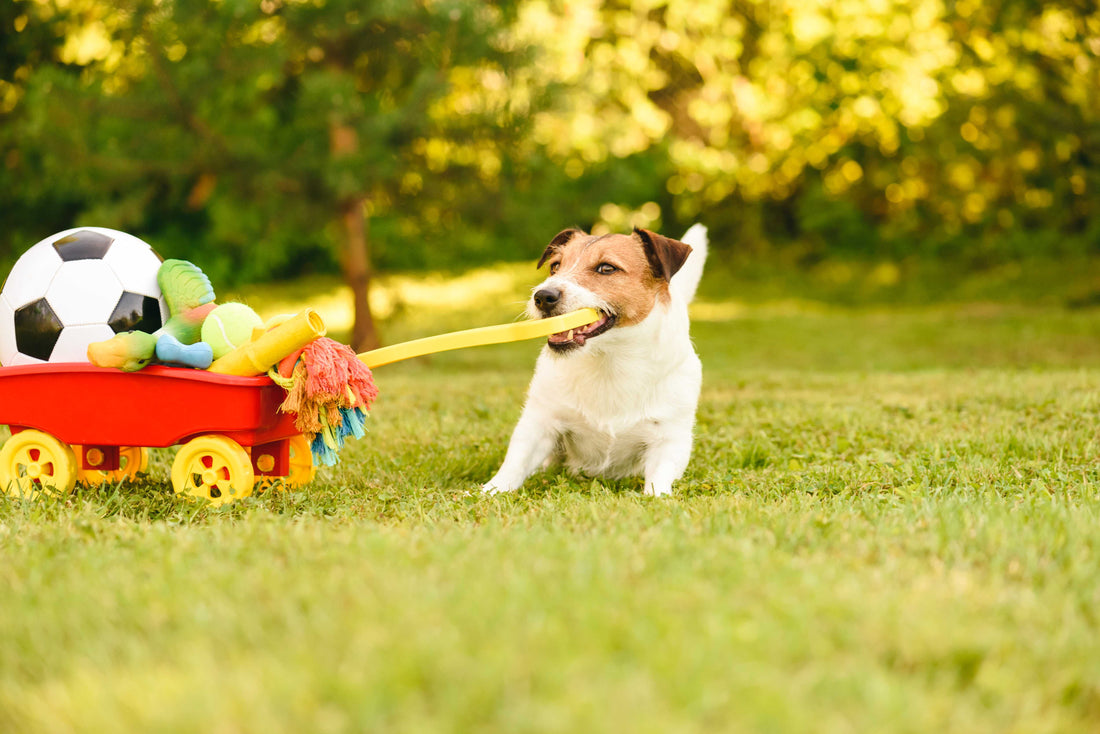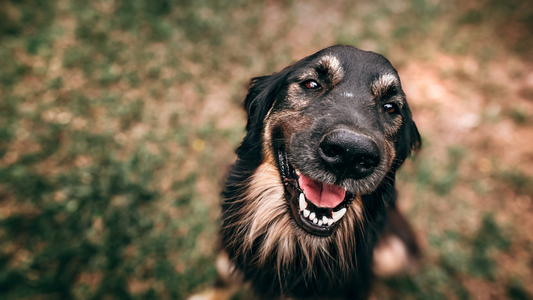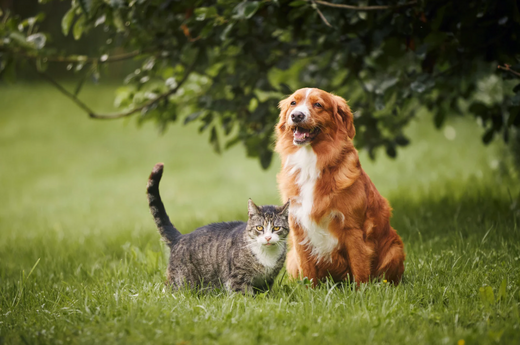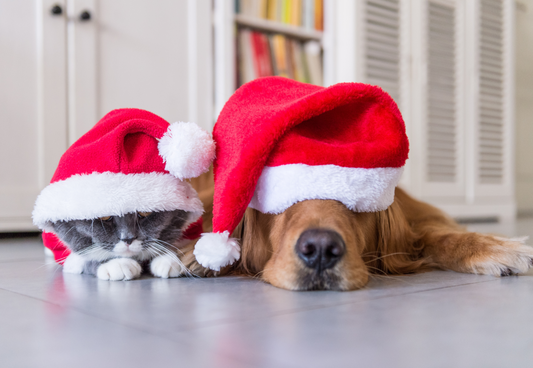It’s normal for dogs to want to protect their resources, such as food, toys, or even people. However, when this behaviour turns into growling or snapping, it’s time for you to step in. Let's talk about what you can do to help your pup chill out for a happy household.
What is Resource Guarding?
Resource guarding is when your dog becomes protective over their things, like food, toys, or even you! It’s a natural behaviour rooted in their instincts to protect for survival. While it is normal, it can become problematic when it leads to aggression—they might growl, snap, or even bite to keep others away. It's important to address this behaviour early on to prevent any accidents.
Signs of resource guarding might involve:
- Growling: A classic warning signal to back off.
- Snapping or Biting: This usually happens when the warning growl is ignored.
- Stiffening: Rigid body language often means they’re feeling protective.
- Intense Focus: Your dog might stare intensely at their prized possession and anyone approaching it.
- Hoarding: Collecting and guarding multiple items is another sign.
What’s Got Your Pup Protective?
The first step in managing canine companions who get too protective is understanding the triggers. You might see this behaviour during mealtime when they guard their food bowl, a most frequently guarded resource. Their favourite toys might also be off-limits to others.
You might also notice that sometimes, during a cuddle, your pup starts growling at anyone who comes close. That’s because they’re guarding someone they feel possessive over. Another common trigger is territory. So, being near their beds or taking their favourite spot on the couch could be something they react to.
Breaking the Guarding Habit
A secure dog is a happy one. Help your furry friend relax and change their possessive growls to happy barks. Your pup will need gentle guidance to know what good behaviour is. Help them learn that sharing isn’t so bad after all by teaching them that giving up their prized possession can lead to something even better. Try swapping a toy they’re protective over for a delicious treat so they have a positive association with sharing.
Gradually introduce your dog to the idea of sharing their stuff. Start small and build up to more challenging situations. There’s power in positive reinforcement. Teach your dog how to ‘leave it’ and reward them when they let go of something willingly.
In cases of severe resource guarding, seeking help from a professional dog trainer or a behaviourist can make a big difference. They can provide personalised strategies and guidance to manage the behaviour effectively.
Preventing & Managing Resource Guarding
Start Socialising When They’re Puppies
Early socialisation is one of the most effective ways to prevent resource guarding. Once they’re all set with vaccination and you’re given the green light from your vet, get them out and about. Exposing your puppy to various environments, people, and other animals helps them learn there are plenty of resources so there’s no need for fierce protection.
Consistency in Training is Key
Practice makes perfect! Consistently use commands like ‘drop it’ and ‘leave it’ to help your dog understand they don't need to constantly guard their belongings. By setting a good foundation and practising these tips, you can help your dog become a more relaxed and confident companion.
Controlled Habits for a Comfortable Home
Managing the space they’re in can help prevent resource guarding. Feed your dog in a quiet, separate space, and limit access to high-value items unless supervised. If you’ve just brought a puppy home, you can give them gentle pets as they eat so they’ll get used to not being on guard while eating. However, if your dog is a little older and not preconditioned to you being around during mealtime, it’s best not to test this out and give them a safe space to enjoy their meal. For some, hand-feeding can help form an understanding that a hand that gives food does not take it away.
Playtime & Supervision
Make playtime fun and fair! Keep things interesting by swapping out toys often and using multiple toys. This way, your pup won’t get too attached to just one. Games like fetch or tug-of-war are great for burning energy and teaching them that sharing can be fun! Build that bond with enriching and entertaining toys from The Healthy Pet Co.
Remember, eyes on the prize (or toy)! Keep an eye on your dog, especially when they're playing with others. This helps prevent any squabbles, teaches them that sharing is caring, and gives you a chance to step in when needed.
Help Your Pup Feel Secure
Resource guarding usually stems from insecurity, so helping overcome that can reduce their need to guard. Spend lots of quality time with them to create a nurturing environment for the whole family, showing your dog that you’re their protector, not a threat. With patience and love, you can help your furry friend feel more relaxed and confident.
Harmony & Safety at Home
By understanding why your dog is guarding their items and taking the right steps, you can create a happier, calmer home for everyone. With consistent training, some treats and a whole lot of love, you can teach your pup that sharing is caring. We’re all about creating a peaceful and loving environment for you and your furry friend.
For more expert advice or healthy pet products to get those tails wagging, visit The Healthy Pet Co. website.




